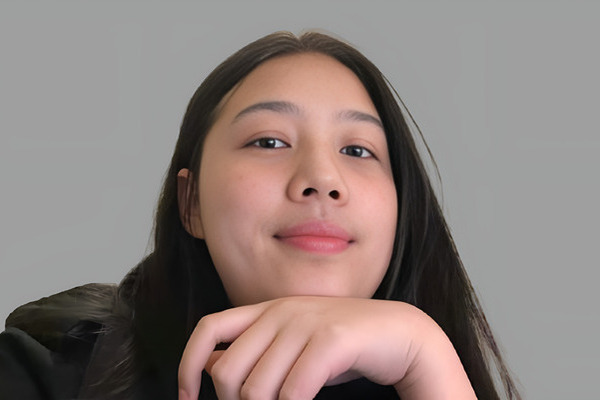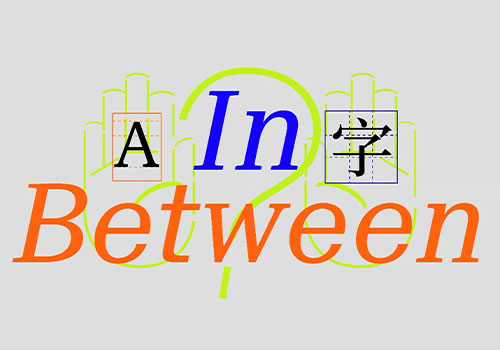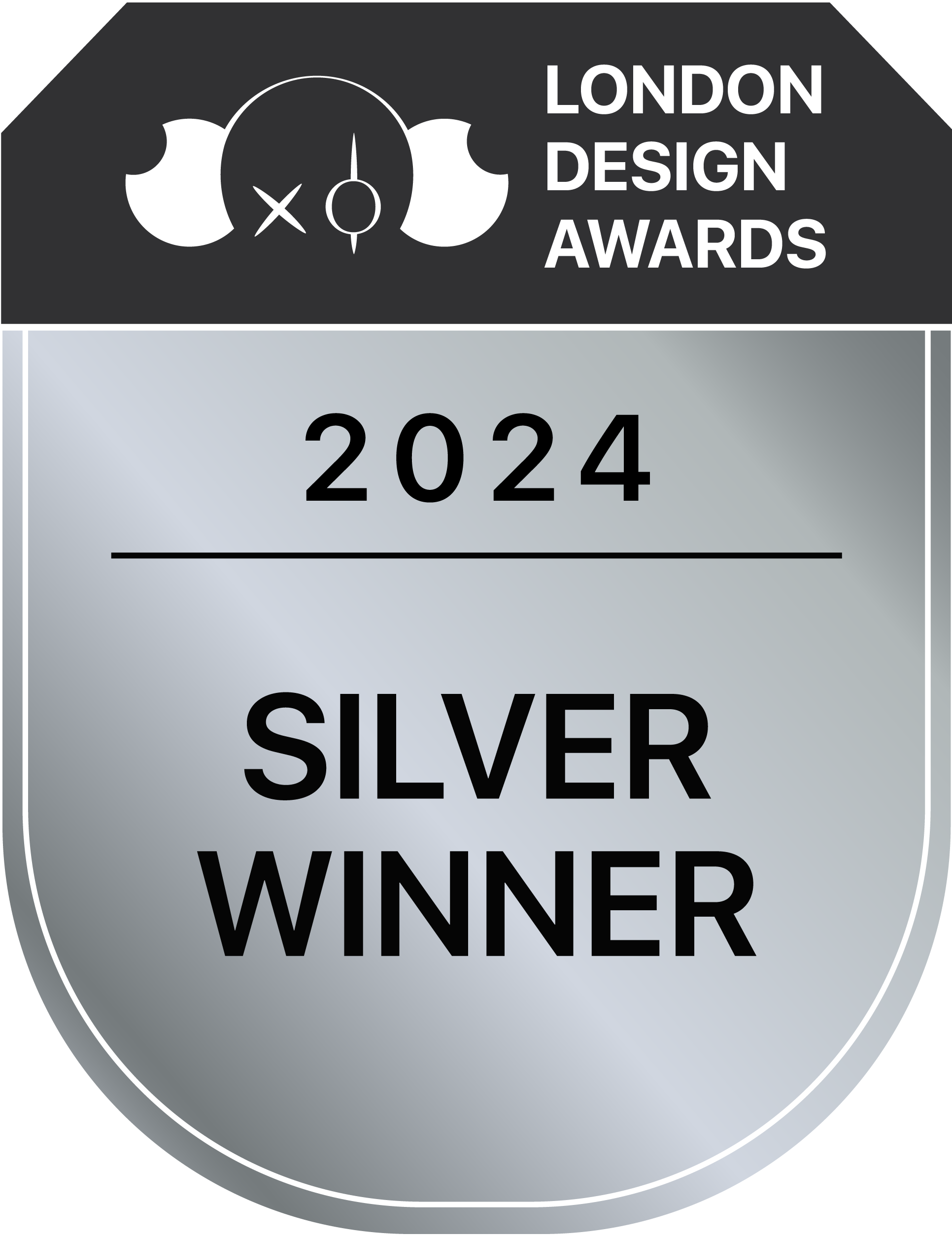
Yijia Li
1. Please give us a brief bio of yourself and your design background.
Hello! I'm Yijia Li, and I’m a China-born, Toronto-based multidisciplinary designer. My art and design journey began when I was a kid, doodling in my notebooks. After enrolling in an undergraduate graphic design program, which led my career to start as a designer.
2. What made you become/why did you choose to become a designer/artist?
When I was a kid, I loved observing the world and capturing it in my notebook through drawings. I always knew I had a passion for art and design, which led me to decide to attend art school. During my college studies, I realised that design is more than just creating visually appealing work. It can be a form of personal expression and a powerful problem-solving tool. This new understanding deepened my appreciation for design and fueled my interest even further.
3. Tell us more about your agency/company, job profile, and what you do.
I am currently back in school for my Master's degree in UX design. I made this decision for several reasons, but the primary one is to enhance my research skills and learn more theoretical foundations to make my future designs more practical.
4. What does “design” mean to you?
Infinite possibility.
5. What’s your favourite kind of design and why?
I love designs with simple styles, which I would say is more of a personal preference. I enjoy the sense of peace that minimalist works bring me.
6. To you, what makes a “good” design?
It is hard to define 'good' design, but I would say that a good design meets its intended goals.
7. How did you come up with the idea for your award-winning design?
The idea came to me during my undergraduate studies abroad. During this experience, I encountered many cultural shocks and differences, not only in daily life but also in my professional practice.
At that time, I also began working as a teaching assistant, and I noticed that cultural differences significantly influence how we understand design. This realisation inspired me to create this award-winning design, as I wanted to highlight this issue.
8. What was your main source of inspiration for this design?
The type of websites as they have many sources about cross-cultural design, which inspired me a lot.
9. Do you think your country and its cultural heritage has an impact on your design process?
My cultural heritage is an integral part of my design process and has shaped the works I create. The language I speak and the culture I grew up with influence the way I think about design. It is different from Western design, and sometimes I feel caught between these two cultures. This feeling drives me to actively search for new solutions and pathways to create designs that embrace both cultures.
10. Congratulations! As the winner of the London Design Awards, what does it mean to you and your company and team to receive this award distinction?
I was surprised because the work I submitted was more of an experimental and personal project rather than a mature commercial piece. However, it gave me confidence that I was on the right path. I will continue designing and staying true to my passion.
11. Can you explain a bit about the winning work you entered into the London Design Awards, and why you chose to enter this project?
The work I created explores how different language systems have their own unique characteristics and, as designers, how we should approach these differences. Should we merge them, or should we preserve the originality of each culture and language? I believe this is an important topic that designers need to consider. That’s why I chose to submit this project — to encourage more designers to think about this question.
12. What were the main challenges you faced during the design process, and how did you overcome them?
The main challenge I faced during the design process was that I had never created interactive work before. Additionally, my coding skills weren’t sufficient to develop such a complex project from scratch. As a result, I conducted some research and discovered that TouchDesigner would be the perfect tool for this project.
While building it, I spent most of my time self-teaching the software through tutorials. The amazing hand-interactive plug-in designed by Torin Blankensmith for the community also played a key role in helping me successfully complete this project.
13. How do you think winning this award will impact your future as a designer?
It gave me more confidence and made me believe that the designs I create are meaningful. I will continue my journey as a designer.
14. What are your top three (3) favorite things about the design industry?
Creativity, Curiosity and Experimenting.
15. What sets your design apart from others in the same category?
I believe it's because my work is experimental, meaning that not many people have done or thought about it before.
16. What advice do you have for aspiring designers who want to create award-winning designs?
Follow your passion. Create something that you like.
17. What resources would you recommend to someone who wants to improve their skills in the design industry?
I don’t have specific resources to offer for improving their skills, but I recommend to keep practising and engage in more conversations. Communication is a crucial skill for a designer, and talking to different people helps you learn how to promote yourself.
18. What is your key to success? Any parting words of wisdom?
Keep practising and be kind to people.

